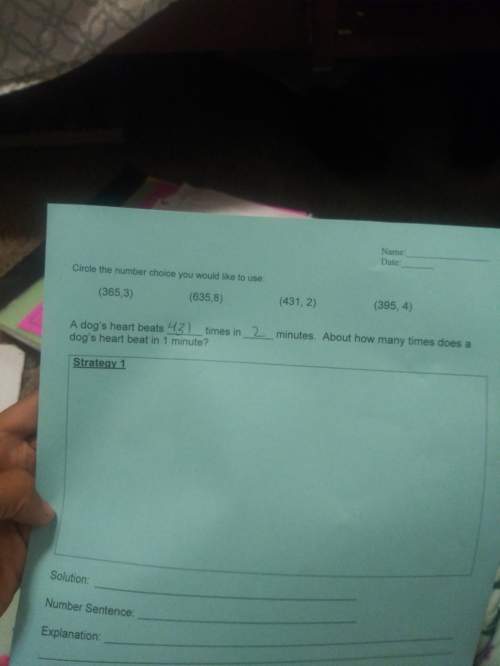
The problem of personal identity centers around the question of what makes me, me. We tend to identify one another by our physical appearances or by our personalities and behavior. But my physical appearance changes (I don’t look much at all like I looked when I was five), and our behaviors and attitudes can change as well.
So, what makes me, me?
Some suggest our memories are central to who we are— nobody else has my memories of passing my driver’s test or making the winning shot in a basketball game — such that these memories form the basis of my personal identity.
Imagine the following: while committing a bank robbery, I slip and bang my head on the curb. I wake in the hospital with no memory of the robbery. In fact, I have no memory of my previous life whatsoever. I can engage in the normal activities but my doctors conclude I do indeed (I’m not faking it) lack all recall of my life before the accident. I am not expected to recover any old memories.
The question is this: am I guilty -- not legally speaking, but metaphysically speaking -- of the crime? That is, is the amnesiac in the hospital bed the same individual who committed the crime? If so, what exactly is it that makes me the same person over time?

Answers: 1


Other questions on the subject: Physics

Physics, 22.06.2019 09:40, alyssa32900
(a) assume the equation x = at^3 + bt describes the motion of a particular object, with x having the dimension of length and t having the dimension of time. determine the dimensions of the constants a and b. (use the following as necessary: l and t, where l is the unit of length and t is the unit of time.) (b) determine the dimensions of the derivative dx/dt = 3at^2 + b. (use the following as necessary: l and t, where l is the unit of length and t is the unit of time.)
Answers: 1

Physics, 22.06.2019 23:30, alangonsales6232
You have two photos of a person walking. one shows the person at the corner of third and main streets, the other shows the person at the corner of tenth and main streets. there are lampposts at every corner in this town, and the first picture shows it to be 10: 32: 00 exactly. the second picture shows it to be 10: 49: 30. you know three facts: (1) all of the clocks are synchronized; (2) there are exactly 12 equal-sized blocks per kilometer in this town; and (3) the streets that cross main in this area are numbered consecutively, with no interruptions. what is the person’s average speed in kilometers per hour?
Answers: 3

Physics, 23.06.2019 00:00, polarbear3787
Which one of the following represents the reduced forms of the two major electron carriers? nadh and fadh2 nad+ and fadh2 nad+ and fad nadh and fad
Answers: 3

Physics, 23.06.2019 07:00, Fireburntbudder
Your physics assignment is to figure out a way to use electricity to launch a small 6.0-cm-long plastic drink stirrer. you decide that you'll charge the little plastic rod by rubbing it with fur, then hold it near a long, charged wire, as shown in figure p23.56 . when you let go, the electric force of the wire on the plastic rod will shoot it away. suppose you can uniformly charge the plastic stirrer to 10 nc and that the linear charge density of the long wire is 1.0 x10-7 c/m. what is the net electric force on the plastic stirrer if the end closest to the wire is 2.0 cm away?
Answers: 1
You know the right answer?
The problem of personal identity centers around the question of what makes me, me. We tend to identi...
Questions in other subjects:





Social Studies, 21.09.2020 08:01

Computers and Technology, 21.09.2020 08:01

Mathematics, 21.09.2020 08:01


Mathematics, 21.09.2020 08:01

Mathematics, 21.09.2020 08:01




